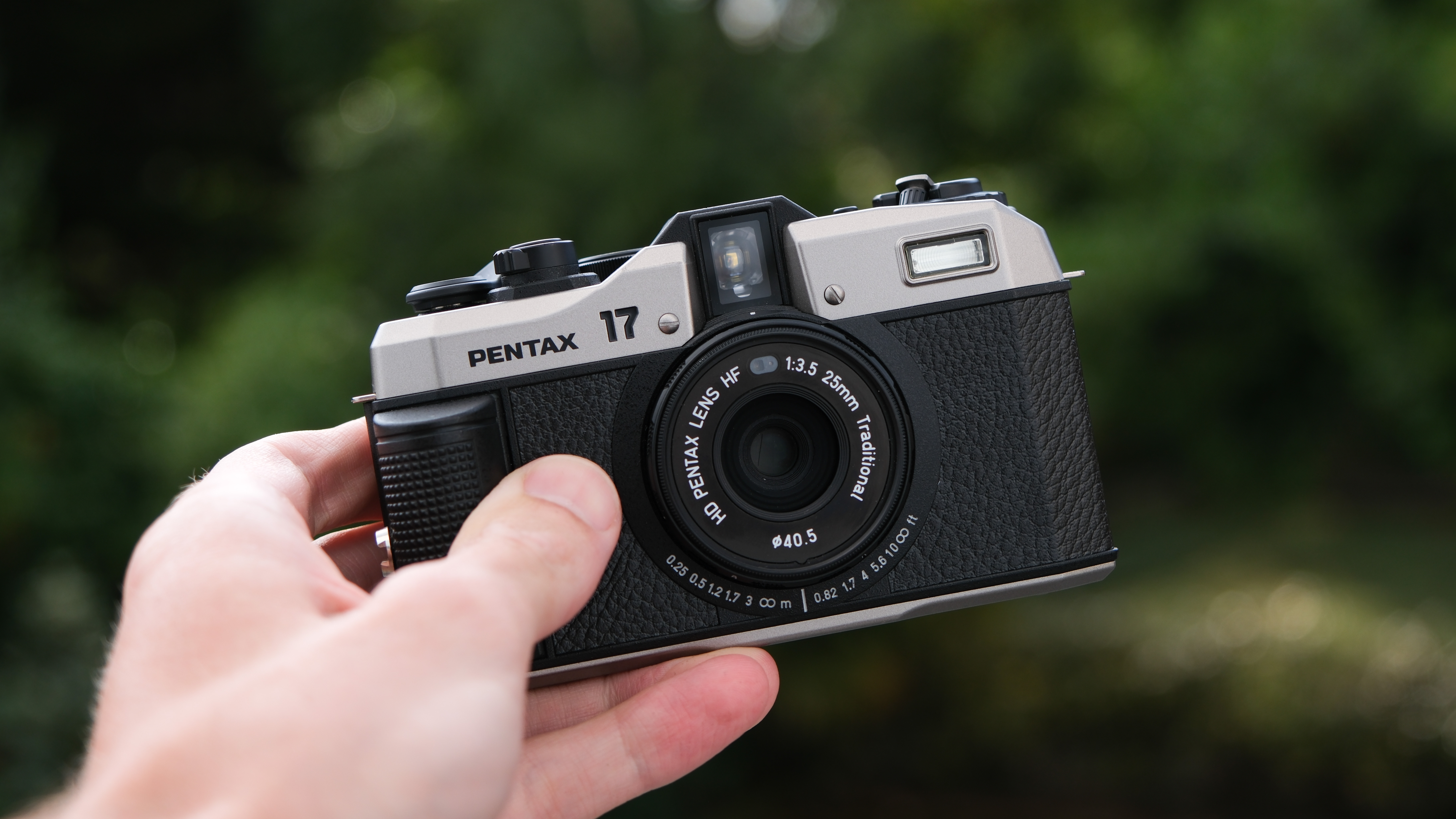
The Pentax Film Project has been in the works since 2022, inspired by the resurgence in the popularity of film, Pentax decided to once again start producing new film cameras. Instead of dragging some blueprints out of storage for one of its old legacy models (of which there are a lot of incredible entries), Pentax decided it was going to call on all its engineering history but develop something brand new to the market.
The first camera to come from this project is the Pentax 17. Maybe not what many photographers envisioned as the first model based on the iconic cameras Pentax is most renowned for, the Pentax 17 is a half-frame 35mm film camera with a rangefinder-style design.
Although today this makes total sense. The resurgence of film can almost certainly be credited to social media, especially Instagram, where vertical half-frame images perfectly fit Instagram’s favored 4:5 vertical style. Film has also become breathtakingly expensive compared to its heyday, with a roll of 36 Portra 400 now costing anything from $25-50 each to buy, develop and scan. Half-frame at least stretches this to 72 frames, so half the frame, double the value.
But are film cameras coming back just as AI takes over editing? The new Pentax 17 comes just at the same time as AI editing is taking off, and with dozens if not hundreds of apps trying to convince you that iPhone photos can look like they were shot on a range of vintage film cameras. While right now, I think film still has an authentic edge that can’t be beaten, and iPhones can’t replicate the experience of shooting film, if costs keep spiraling and no one online can tell the difference, then how long will new film cameras last?
With a lot riding on its shoulders as the camera to usher in the new age of film, does the Pentax 17 rise to meet the challenge?
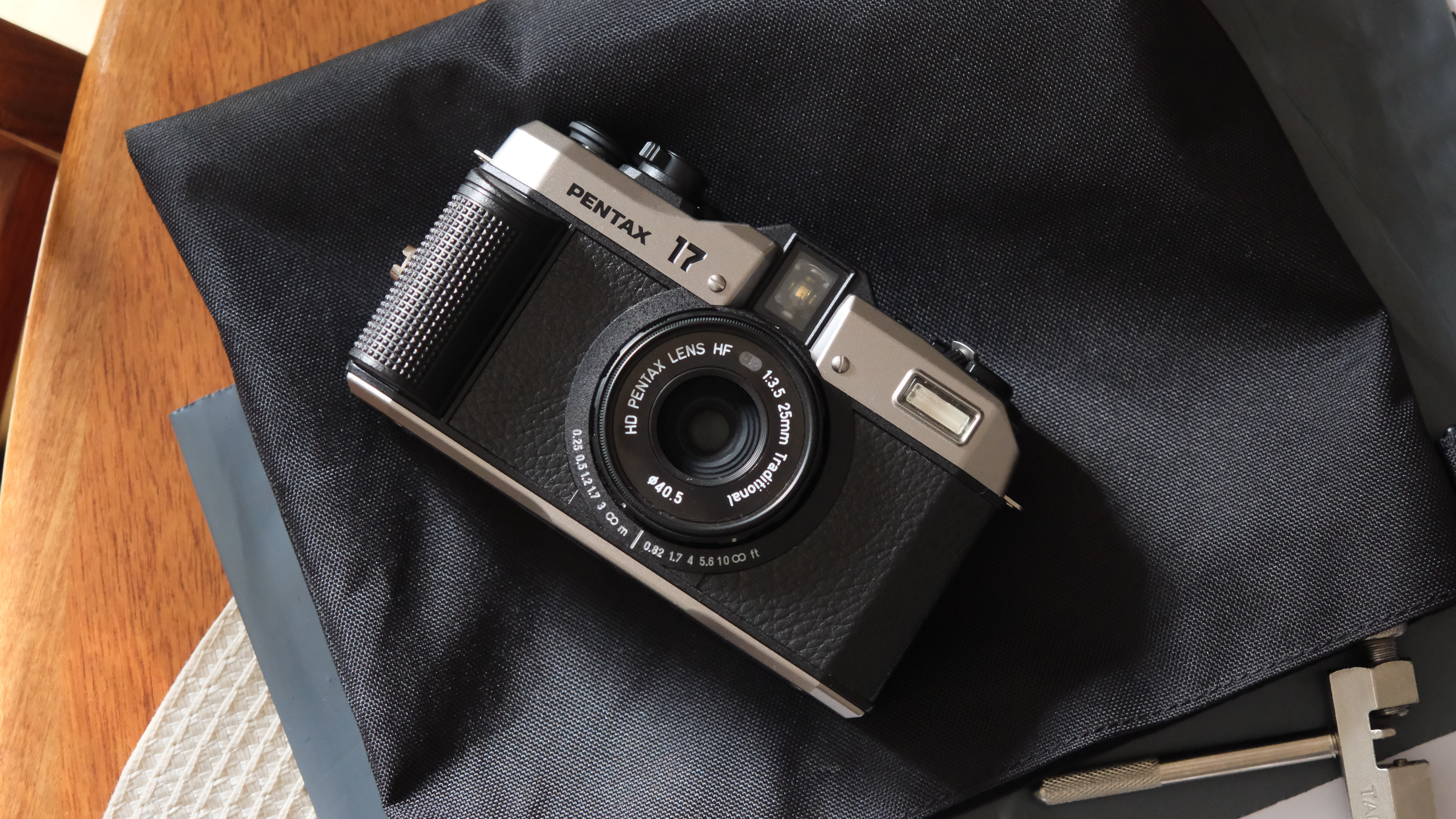
Pentax 17: Specifications
Pentax 17: Price
I keep going back and forth on the value of the Pentax 17. On the one hand, it takes damn good photos, but on the other, whenever I pick it up, neither the build nor features sell me that it is $500 worth of camera. Obviously, substantial development costs went into creating a brand new film camera, but when it is possible to get a digital camera like the Canon EOS R100 or a phone like the excellent Pixel 8a for less money, it is hard to feel fully satisfied with the price.
This isn’t the only production film camera in town though, you can pick up a new half-frame Kodak H35 film camera for a fraction of that cost (around $50), although the image quality from the Kodak lens isn’t nearly up to the Pentax, the Kodak certainly still takes charming retro images that'll look good on your Instagram.
If you are willing to play the second-hand market then there are plenty of great condition cameras from the film era for under $100 like the ever-popular Olympus Trip 35 (at the time of writing there are 1,600+ matching listings on eBay).
There is a reliability risk with buying old camera gear, and while the new Pentax 17 is, in theory, more reliable and can be repaired by Pentax should you damage it – repairs cost money, and in the end, it might be cheaper to just buy multiple copies of your favorite second-hand cameras. I have bought three Canon AE-1 cameras over about 10 years – and only spent around $250.
Pentax 17: Design & Handling
Pentax has done an excellent job styling the 17. There must have been a real temptation to just recreate a beloved design from the past, but instead, Pentax has developed a camera that looks every bit like a classic from the film era, yet with its own distinct imprint. It looks great, and it is easy to see why it has captured so much buzz online.
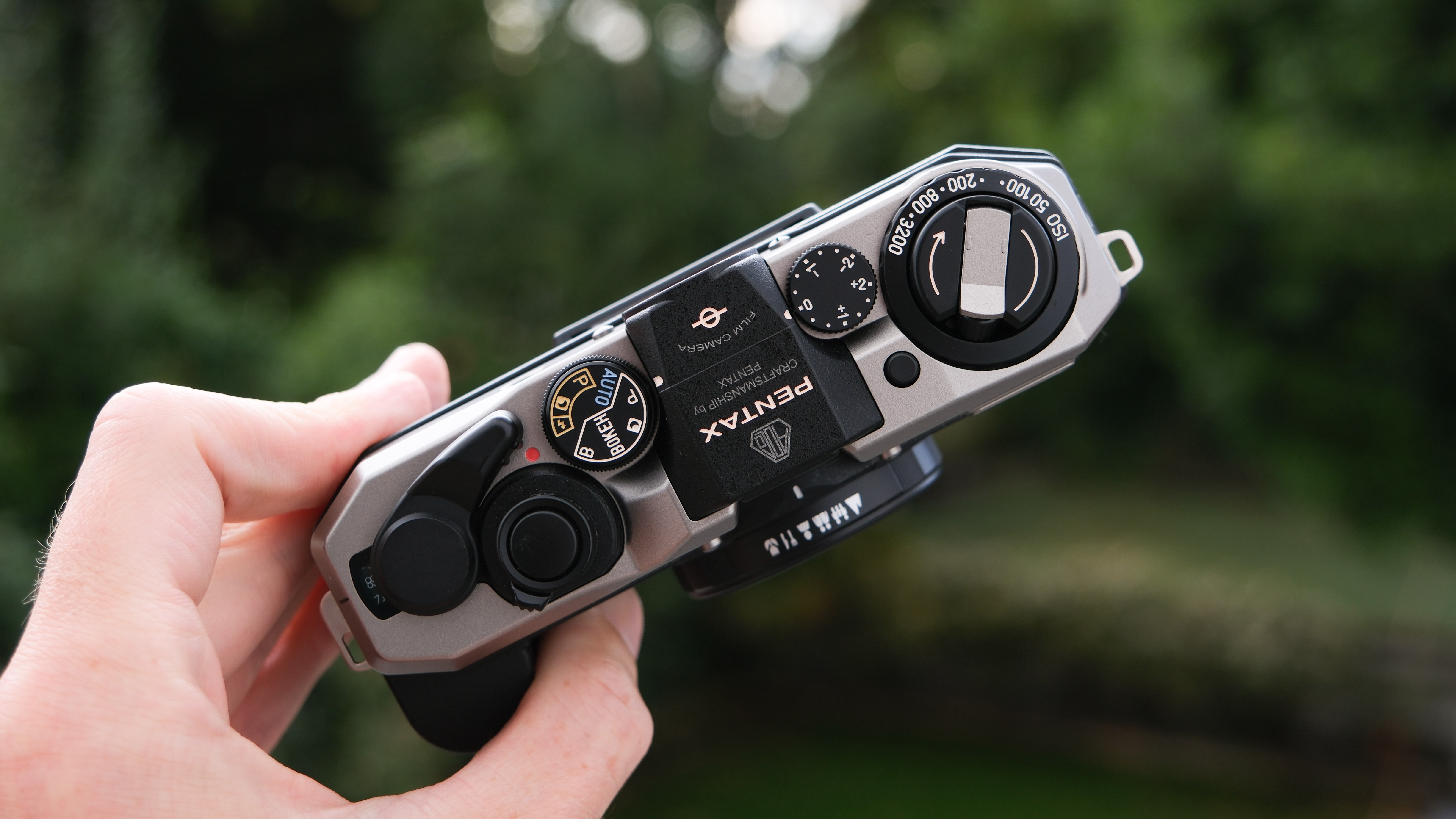
However, appearances can be deceiving. While the Pentax 17 might look the part, when you pick it up the feel is underwhelming. The whole design just feels quite toy-like. The magnesium-alloy material could easily be confused for silver-painted plastic (which it was by several people I showed it to). There are also a few choices I am not sold on like the faux-leather finish on the front not stretching around onto the back of the camera. Some of the mixed textures across the camera like the raised diamond pattern just feel cheap.
The thing is, I don't think the camera needed to be so light and plastic-y. The resurgence of vintage clunky and heavy film cameras has shown that people are happy to carry around what is maybe not the most practical camera if it looks and feels right. Pentax, if you're going to design a vintage camera – go all the way.
However, despite my reservations around the feel of the materials, the camera does feel robust. The wind lever has a nice solid clunk to it and the dials feel precise with a nice click, but the mode dial really needs a lock. I managed to turn it accidentally quite a few times, and I don’t think it came out of my bag once in the same position as it went in.
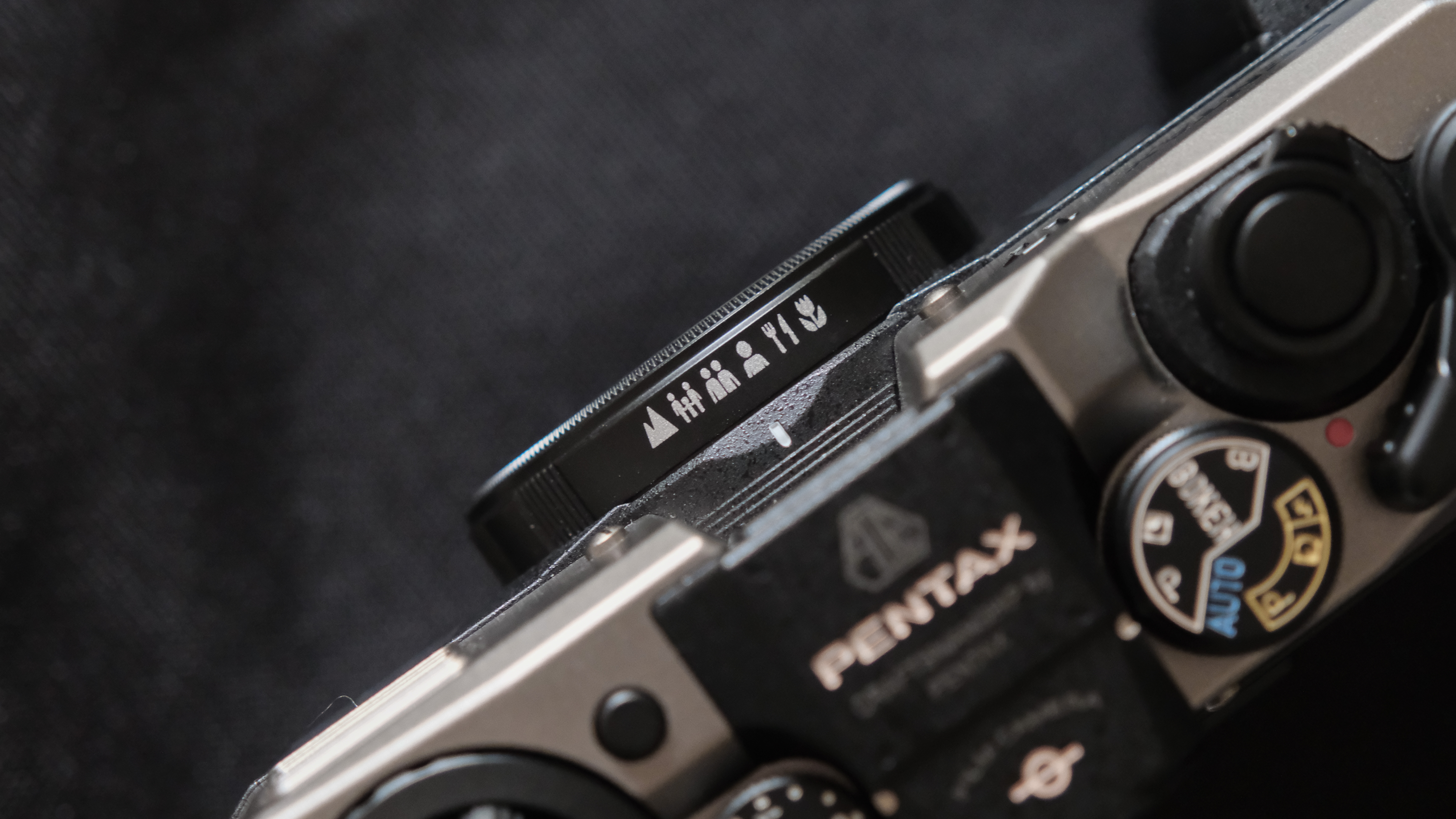
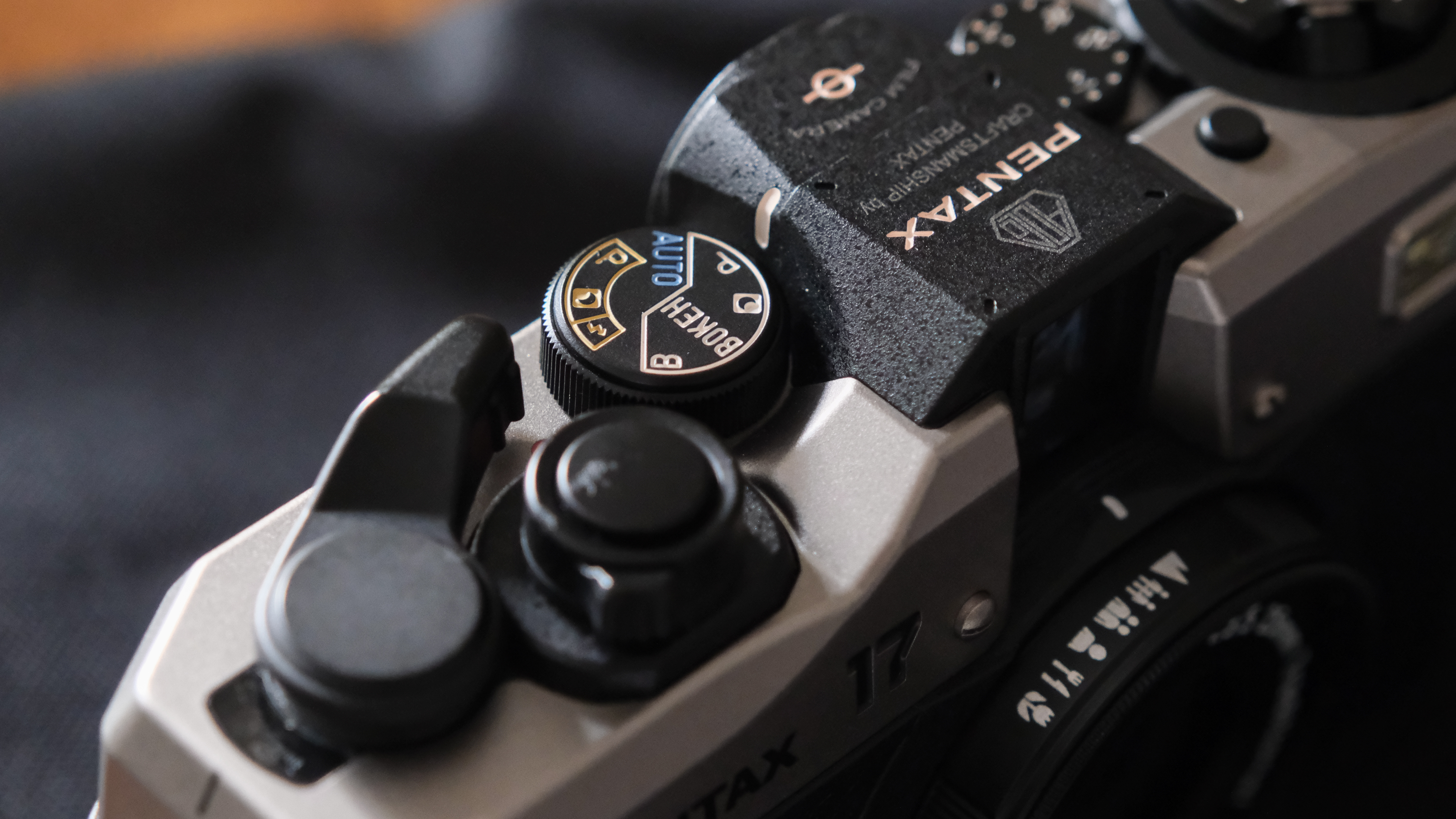
The film loading process is incredibly easy and I didn’t have any issues – just pop the canister in the back, line up the end with the marker, and close the case. This is blessed relief from some of the horrendous film-loading designs I have endured over the years. It takes about 5-6 photos to get to the official beginning of the roll, but I found that I could squeeze in a few shots before the counter hit zero. While there is no film advance indicator, the wind mechanism will spin as you advance the film using the lever.
You are also able to rewind the film manually mid-way through the roll if you need to change the film mid-way. There is no double exposure mode, but if you want to attempt some double exposures you can use the old trick of fooling the camera into thinking it has been wound on by popping the rewind button to disengage the wind as you crank the lever.
Winding the film back in was smooth, with a clear difference in resistance once the film was off the spool which should reduce any premature openings (I've done this before on other cameras, and it's devastating).
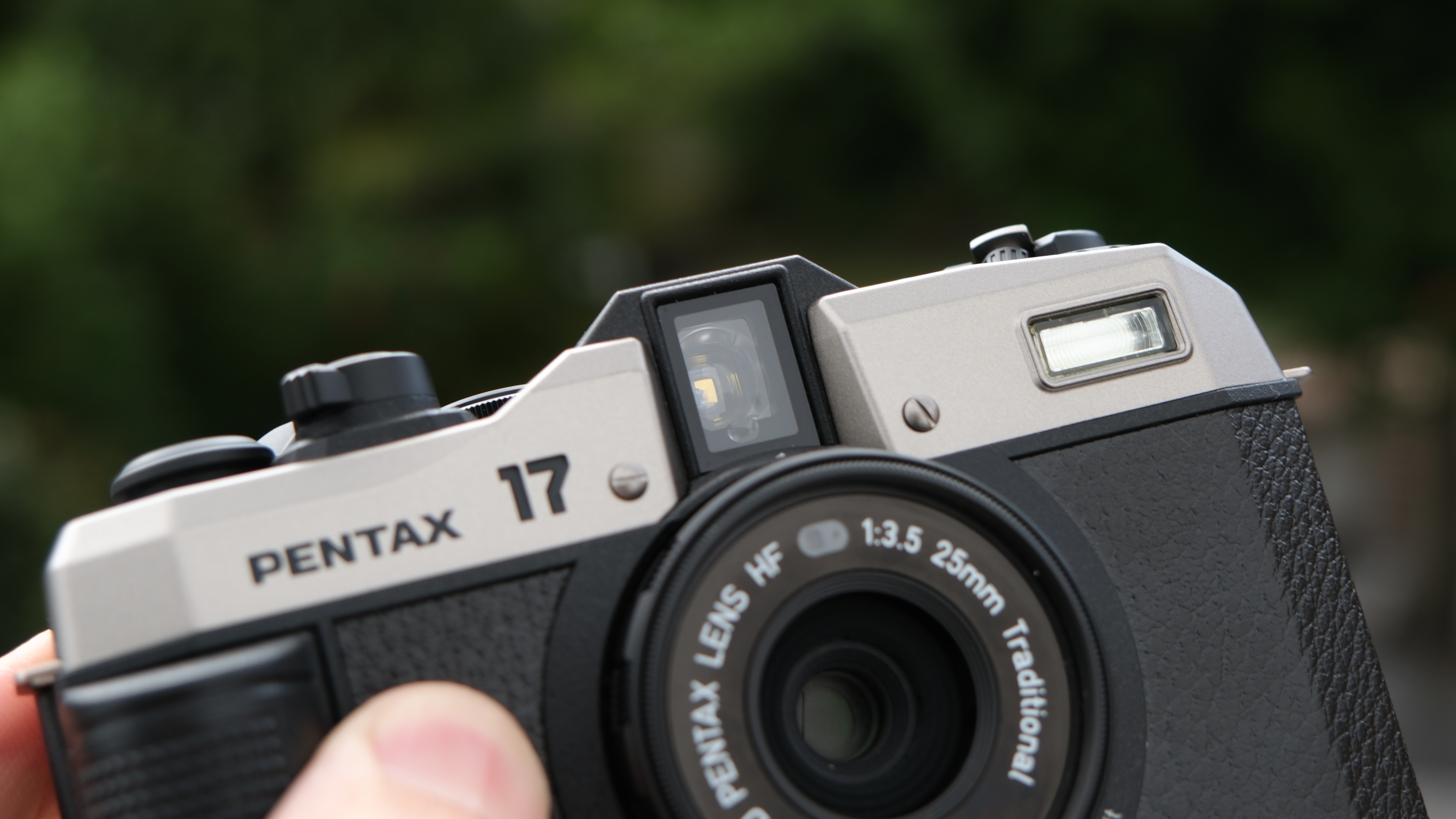
The viewfinder is one of my favorite aspects of the Pentax 17 design. As this is a half-frame camera, the viewfinder is vertical when the camera is held horizontally, and you can turn the camera portrait to take landscape photos. Which surprisingly didn't take much getting used to.
The viewfinder is not particularly big, but it is clear and easy to compose through, with framing lines that seem to be very accurate (from my recollection of desired framing at the time vs the final image). You can also see which focus zone you are in which is really handy for not taking your eye from the viewfinder. The viewfinder also goes slightly beyond the frame, which is handy for watching for a subject to enter the frame.
Next to the viewfinder, there is a red and blue LED that flash when something is wrong, although since I wasn't carrying the manual around with me, I wasn't always sure what the issue was. Some are obvious like the lens cap is still on, or I hadn't wound the film. Although some of the warnings were about lighting conditions or being in a certain zone which weren't immediately clear. What if I was in poor lighting and in the close-up zone? It would be nice to get a little clearer feedback than just an incessant flashing.
Powering those LEDs is a CR2 lithium battery, which are very widely available and I don't think should be going anywhere anytime soon. There is a note in the specifications that rules out rechargeable versions of the CR2 (likely due to the different voltage), which is an environmental disappointment but you shouldn't be churning through these batteries. The battery also powers the light meter and the flash and Pentax thinks you should get through 10 rolls of film if you use flash 50% of the time. (Unfortunately, I did not manage to shoot 10 rolls, i.e. 720 photos, in the week I had the camera to test this).
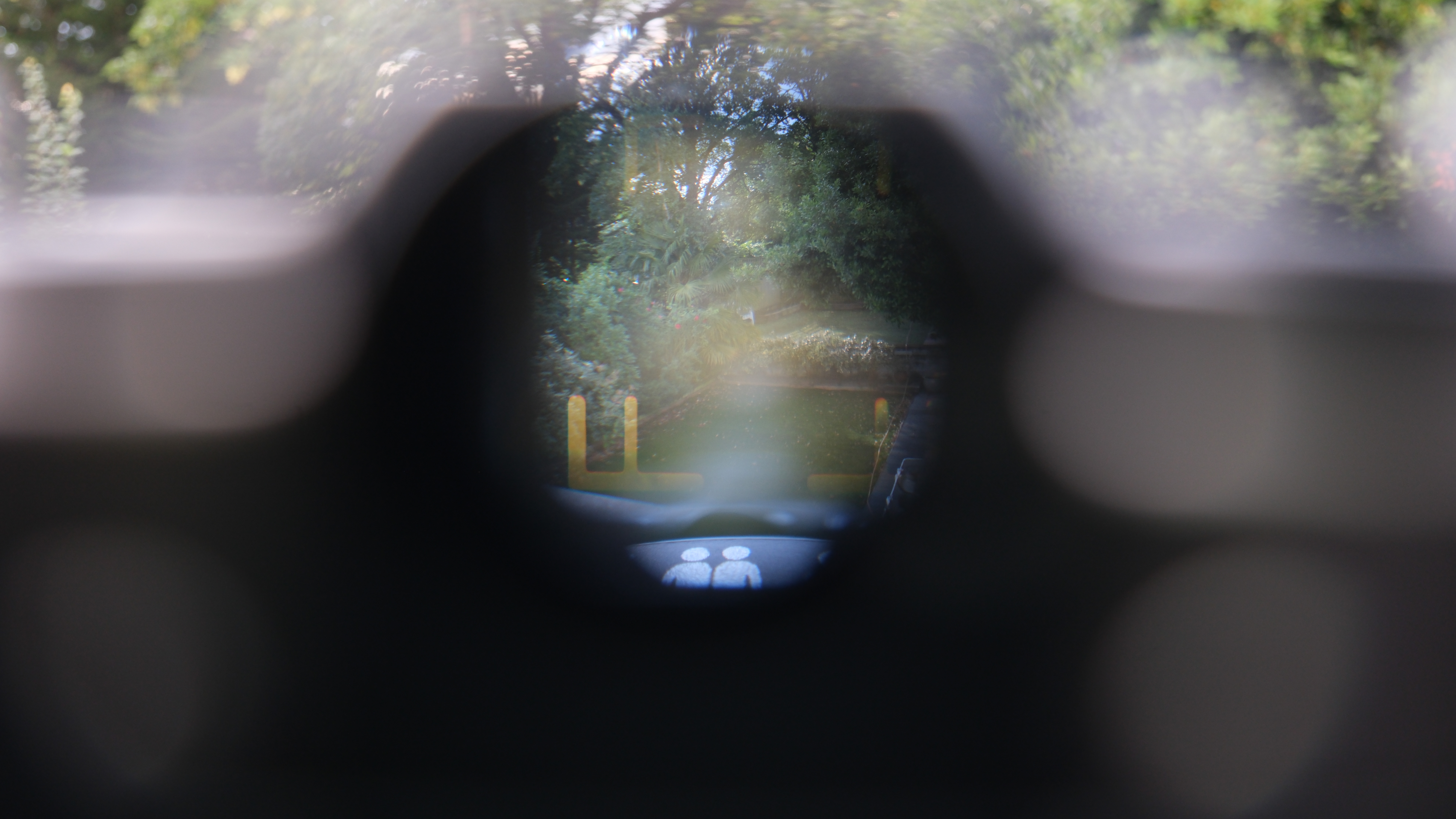
Pentax 17: Performance
In practice, I think the Pentax 17 is more simplistic to use than I hoped when it was first announced. But whether this is a good or bad thing for you depends on your expectations for how you want your photographic experience. Sometimes I was glad to just be able to slip the camera into auto and let it do its thing, but more often, I wanted the option to do more with my settings.
Pentax has chosen to prioritize the type of photographer who is going to want the highest proportion of immaculate shots, which in the economy of film today is a smart move – film photography is expensive and no one wants to waste money on rolls where they didn't quite nail the settings. But because of this lack of freedom, I found the camera a little less fun to shoot with.
You can play with the exposure using the compensation dial, but I found with no feedback from the camera there is a lot of guesswork based on your own assumed center-weighted average about how much compensation to apply. I have a decent sense of when I should be applying compensation, but without vital settings information, I can't even employ a light meter to help me out. I tended to just leave the exposure compensation dial untouched for just applying small changes and letting the camera decide what was best.
The film ISO is also manual, which means you can set it to a different ISO from the box speed for alternate looks to your images. There are some options for slow shutter speed if you're carrying a tripod, or a 'Bokeh' more maxing the aperture (more on these in a sec). Otherwise, apart from choosing if you want to have the flash on or off, there isn't much else to do.
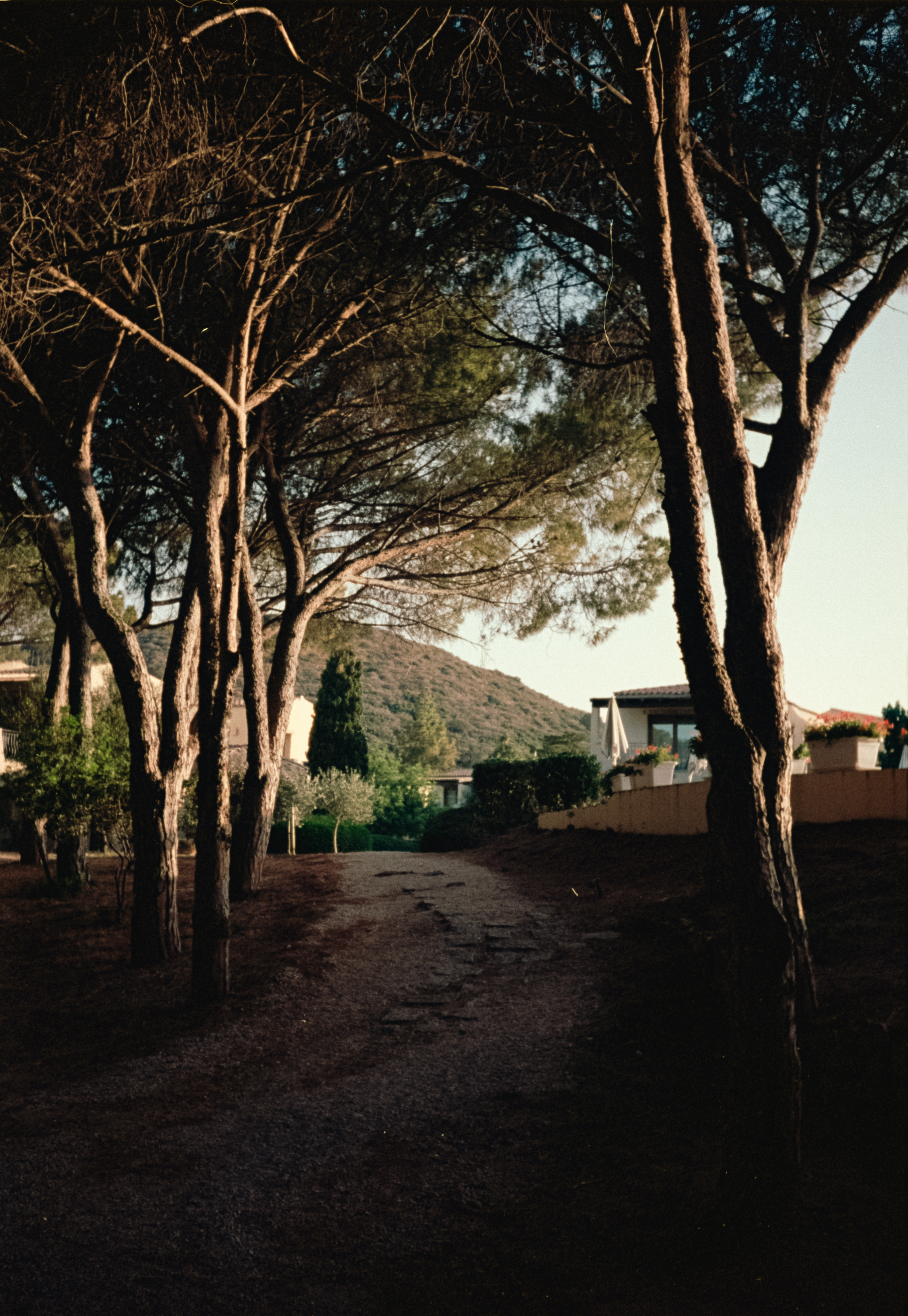
For others though, I am sure this ease of use will be the biggest selling point – as with minimal input, the Pentax 17 didn't fail to take consistently good shots. Out of the four rolls of film I took with the camera, it achieved the highest proportion of "keepers" I think I have ever had with any film camera. The ones that were missed were mostly down to my own dumb human errors (remember to check your focus zone everyone).
I also didn't think I would be, but I am now a half-frame convert. Having only played around a little with half-frame before to not always the most ideal results, I was skeptical about Pentax going down this route, but the Pentax 17 has really won me over with its impressive results.
Scanning the images with one of the best film scanners (I used the Plustek OpticFilm 135i) gives plenty of resolution for display online or on social media, or even small prints. The below examples were scanned at 3600dpi, you can hit the icon in the corner to view them in full resolution.
With the price of film and development continuing to climb, getting 72+ frames on a roll really makes a difference when you are shooting a lot of them.
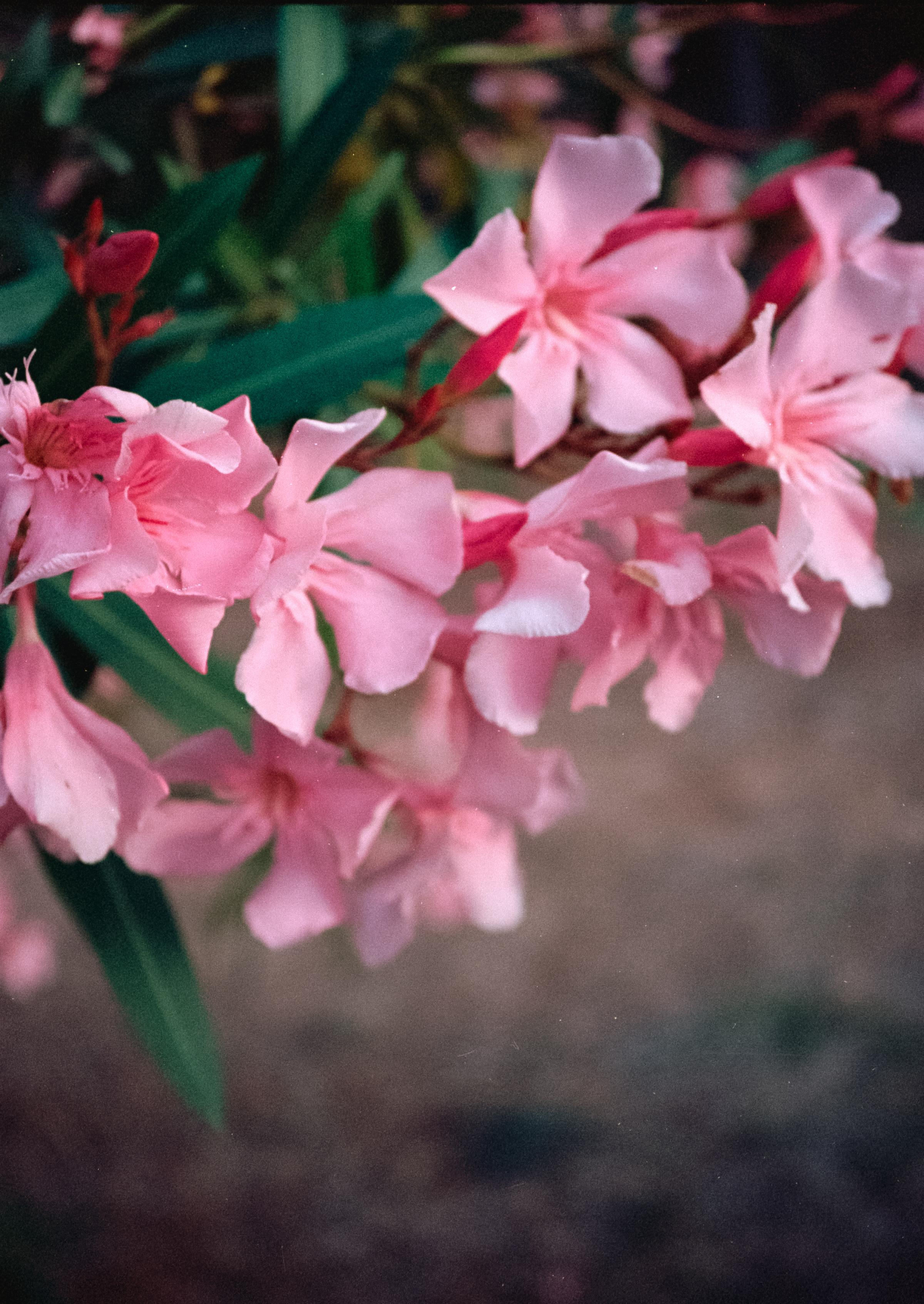
I think the Pentax 17's half-frame success comes down to its lens. With its compressed appearance, and plastic-y design, it might not look like it's capable of much, but the lens is incredibly sharp. Although what did I expect when the lens is based on the Ricoh Auto Half and the Pentax Espio Mini lenses? The lens also has an HD coating for sharpness and an SP coating for easier cleaning, which are taken from Pentax's DSLR lenses.
The zone-focusing system is also a wonder. With having to eyeball estimate so many distances, I was absolutely certain that I would have missed quite a few, yet there is enough leeway in the focus zones that you really don't have to get it exactly right. The camera automatically adjusts the aperture for different focus zones, so it maximizes the depth of field possible in each zone while keeping things pin sharp.
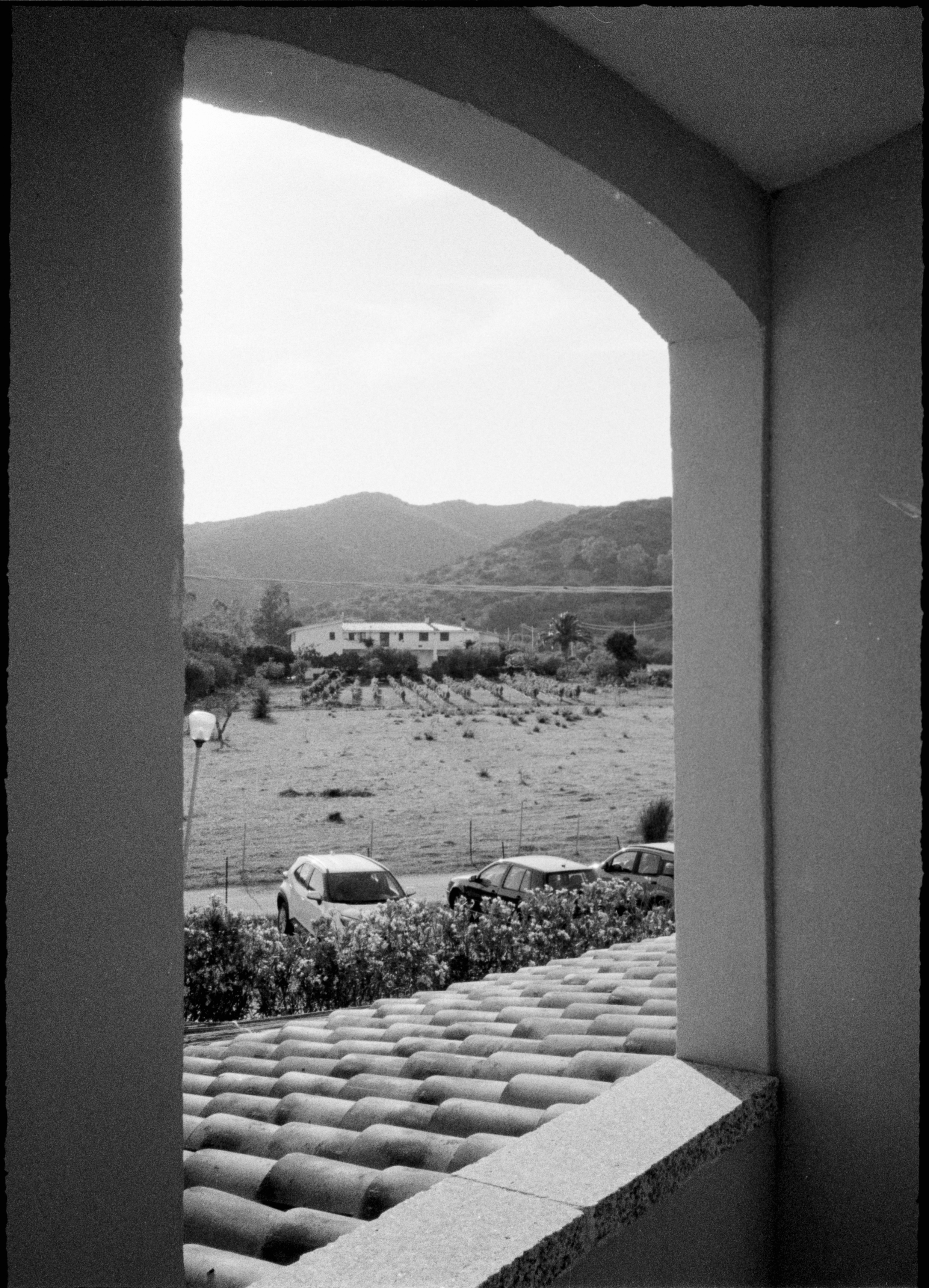
Unsurprisingly as the Pentax 17 does so well at nailing the perfect exposure in good light, this also extends to the camera's flash modes. There is a separate area on the mode dial for the flash with two options. The regular P mode is for your everyday flash shooting – either utilizing the flash as a fill light on a backlit subject or shooting in low light. The flash isn't powerful enough to light much beyond a group picture, but for these shots and portraits, it does a decent job, although as the flash is direct and has no diffusion, the light takes on a harsh quality.
There is also a separate mode for forced long exposure with flash, this is slightly harder to get to grips with but is useful in situations where you might want to light a subject, but also create light trails or keep some of the ambient light in the background. Like with any long exposure, you're going to need to carry a sturdy tripod and have a static subject.
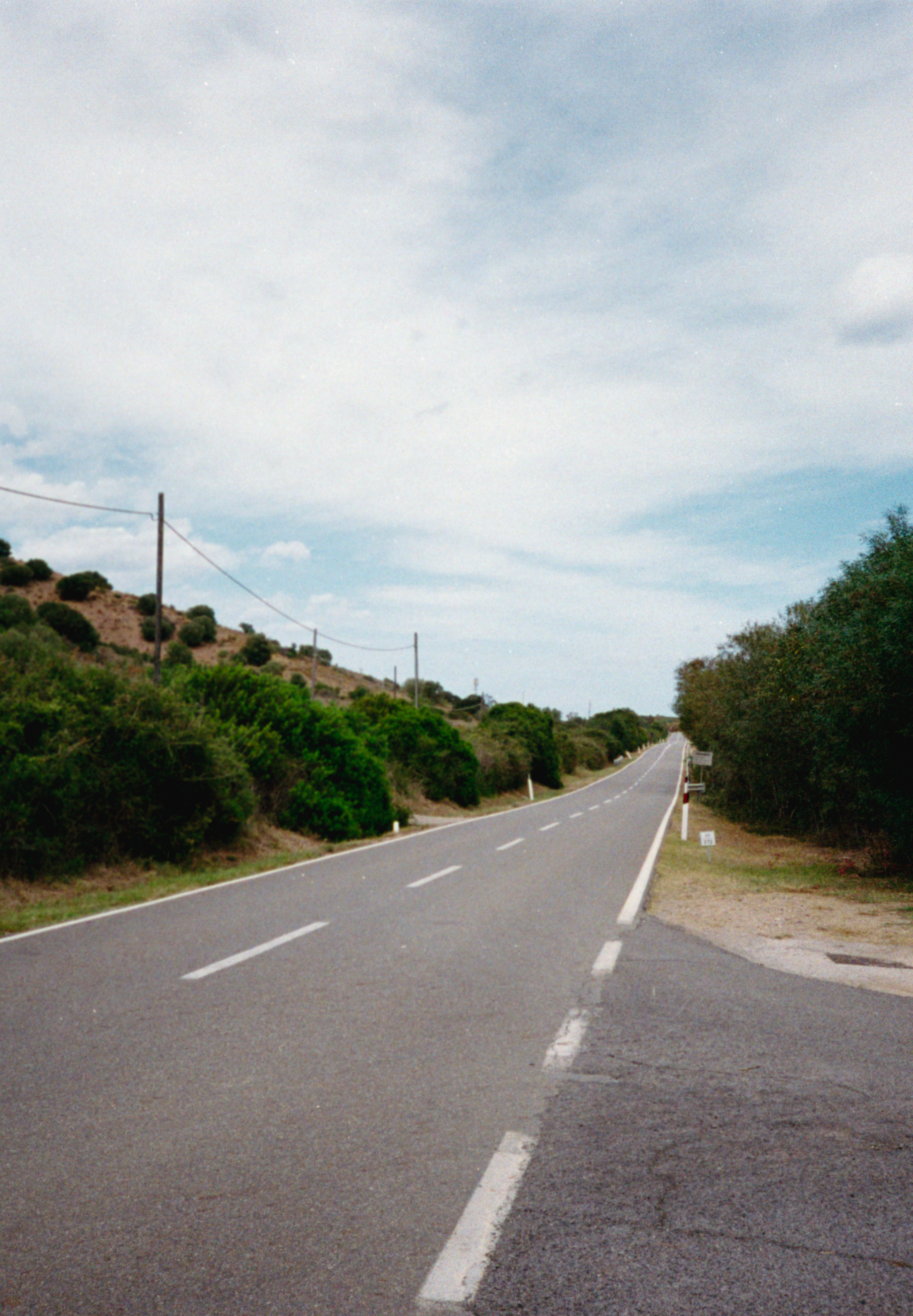
The Pentax 17 also includes a 'BOKEH' mode, which increases the aperture to the maximum permissible size to still expose the photo correctly. If you want to get technical, bokeh is actually the shape and quality of specular highlights, not depth of field, but I guess that didn't look as good on the dial.
Despite the smaller half-frame size the Pentax 17 can achieve some pleasing results, although with a maximum aperture of f/3.5 and a focal length of 25mm (or 37mm in full frame), the camera isn't going to be creating any super creamy backgrounds.
The bokeh mode also only really becomes effective the closer you get to a subject. I think it's best to think of this like an iPhone's portrait mode, and it is only really worth slipping into this mode once you move into the portrait zone of the lens' focus options.

The Pentax 17 also has a macro mode, although the word macro may not be the right word to use here. The camera can focus down to 0.24m in this mode, which is pretty close for flowers and insects, but it's not macro and not going to reproduce life-size detail as you would get from a true macro lens. A 25mm focal length would also not be my first choice, although it can create an interesting perspective.
Due to the rangefinder design of the camera, the Pentax 17 has a parallax compensation frame in the viewfinder for lining up macro (and tabletop) shots which I found to be effective. From what I can recall, the framing matched perfectly with the final shot, and I managed to get a few close-up shots that were sharp and detailed. You can see in the image below that the camera managed to capture some bees feeding on a flower.
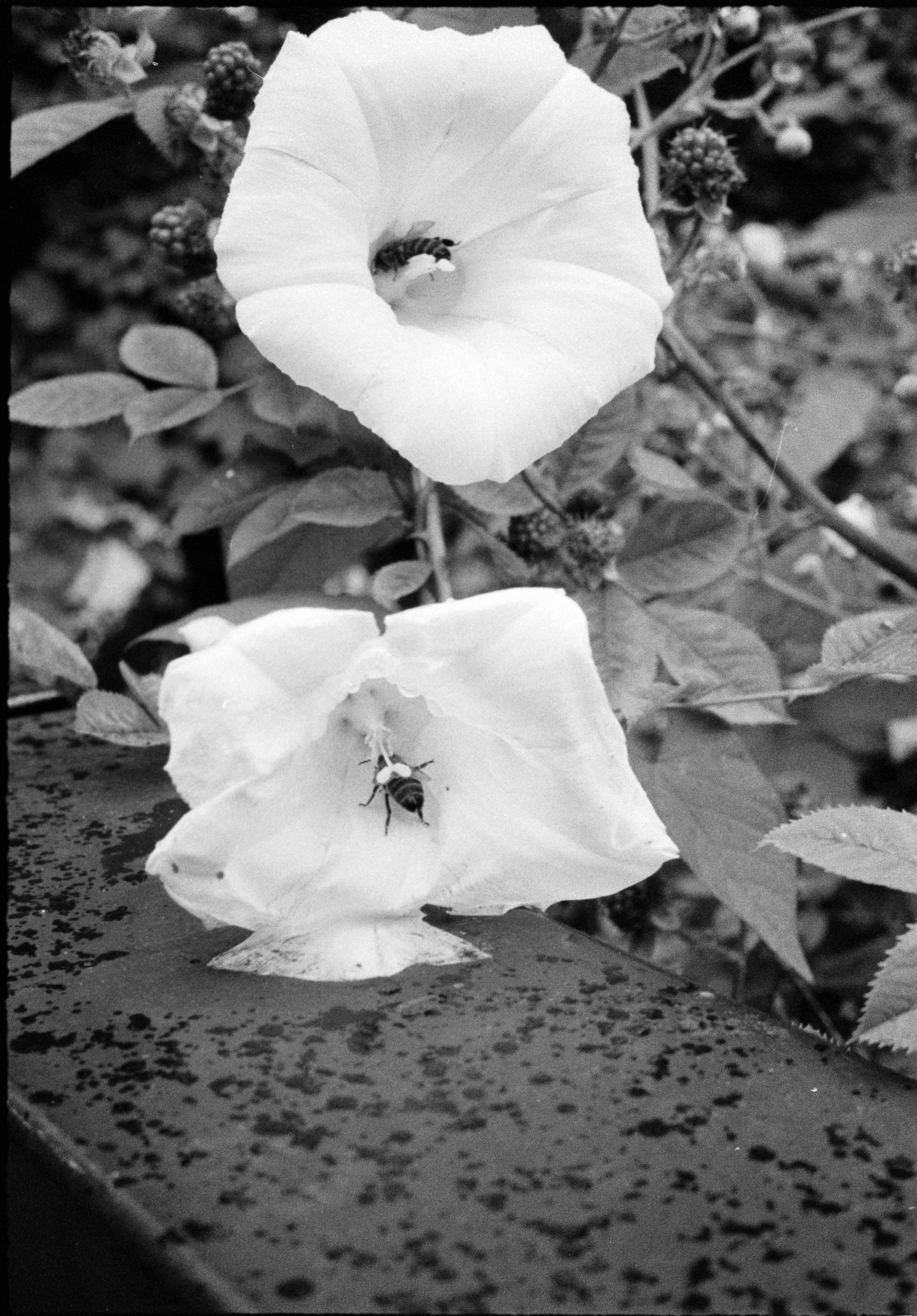
Pentax 17: Sample Images
These images (as well as those above) were all shot with the Pentax 17 on a mix of color Kodak Ektar 100 and Kodak Portra 400, and black-and-white Ilford HP5 Plus film.
Development was handled by my local lab. I then scanned the film using a Plustek OpticFilm 135i film scanner and VueScan software to create RAW.dng files – before converting the .dng scans using Negative Lab Pro.
You can, of course, get your lab to produce scans for you as well.
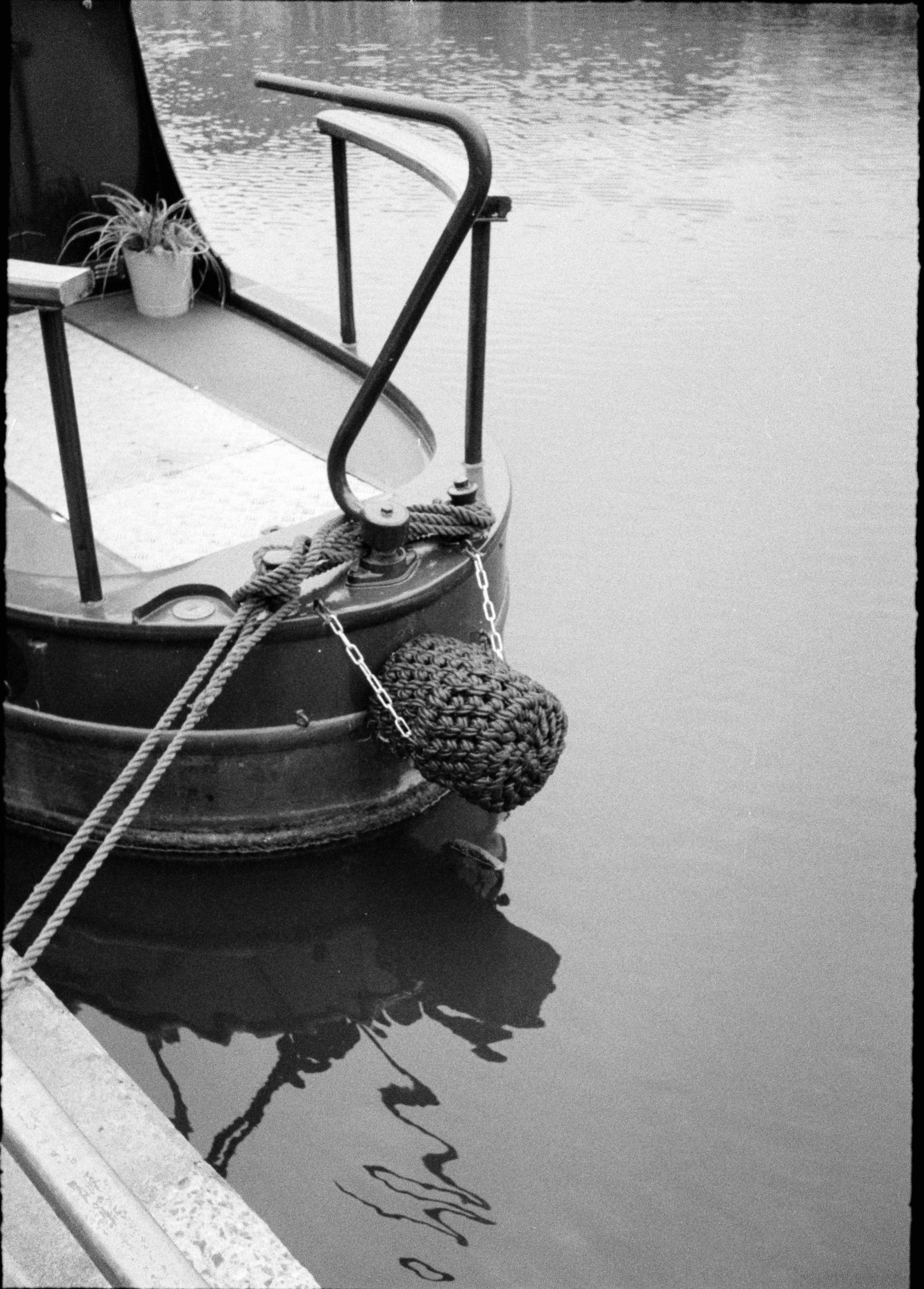
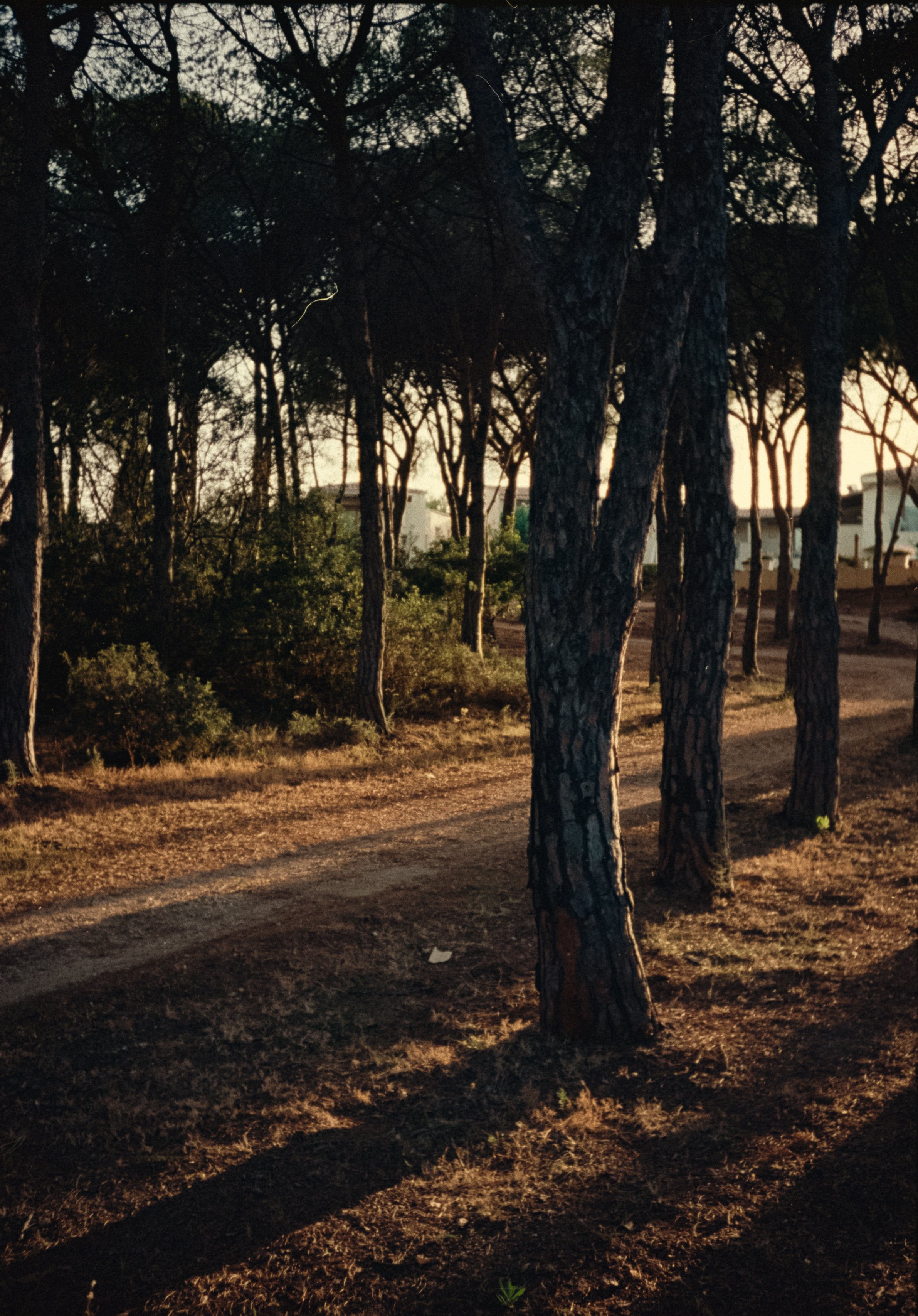

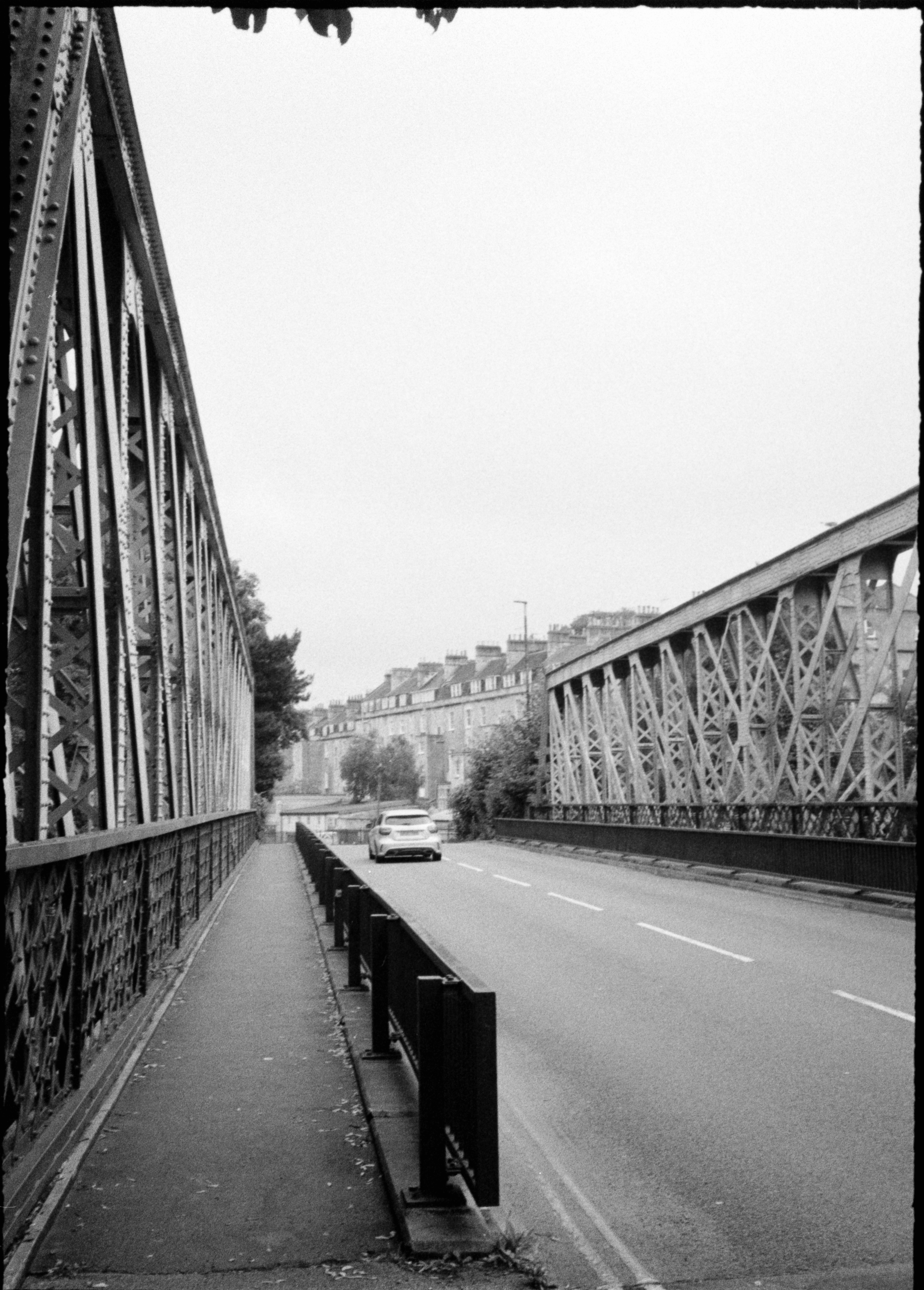
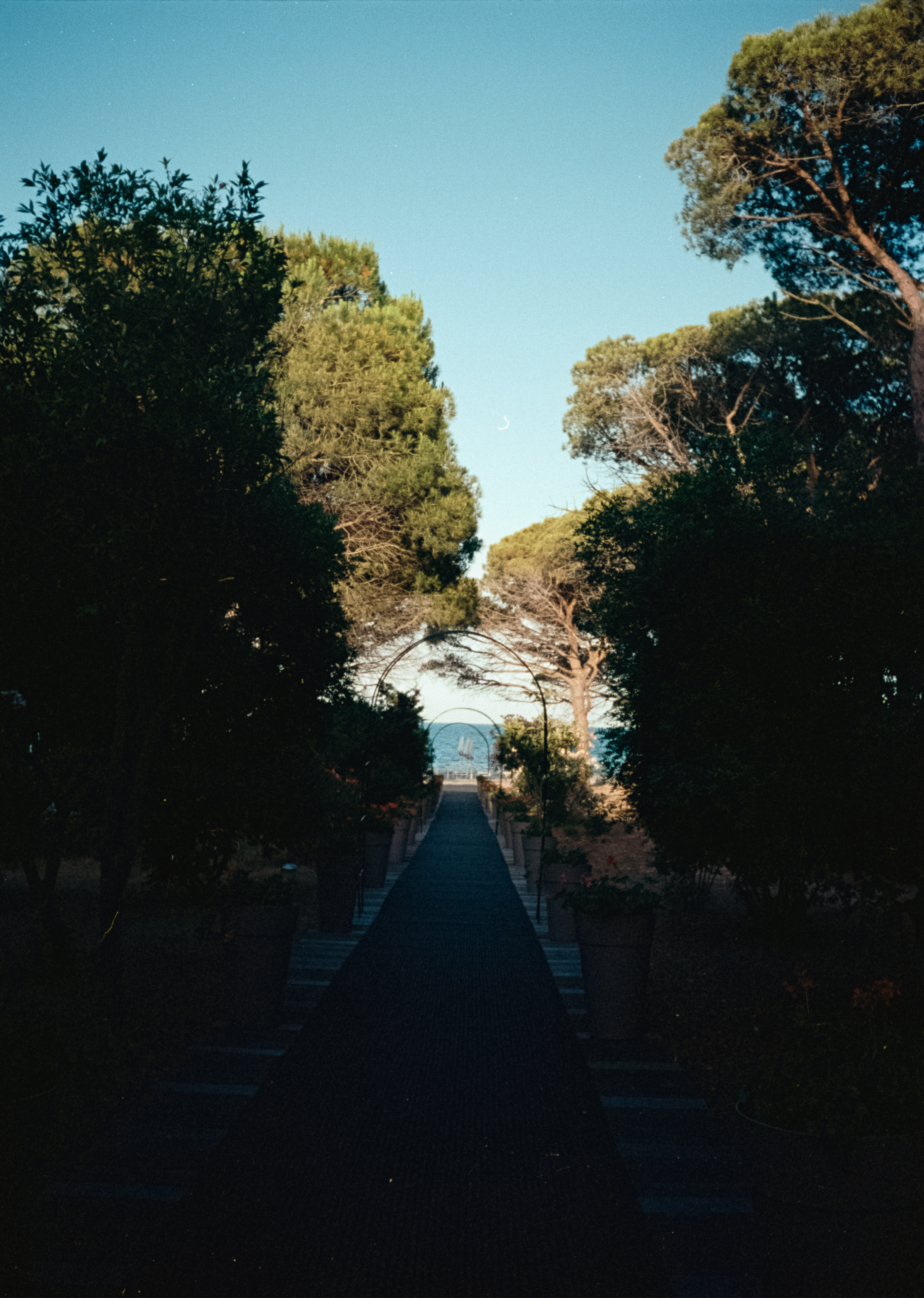
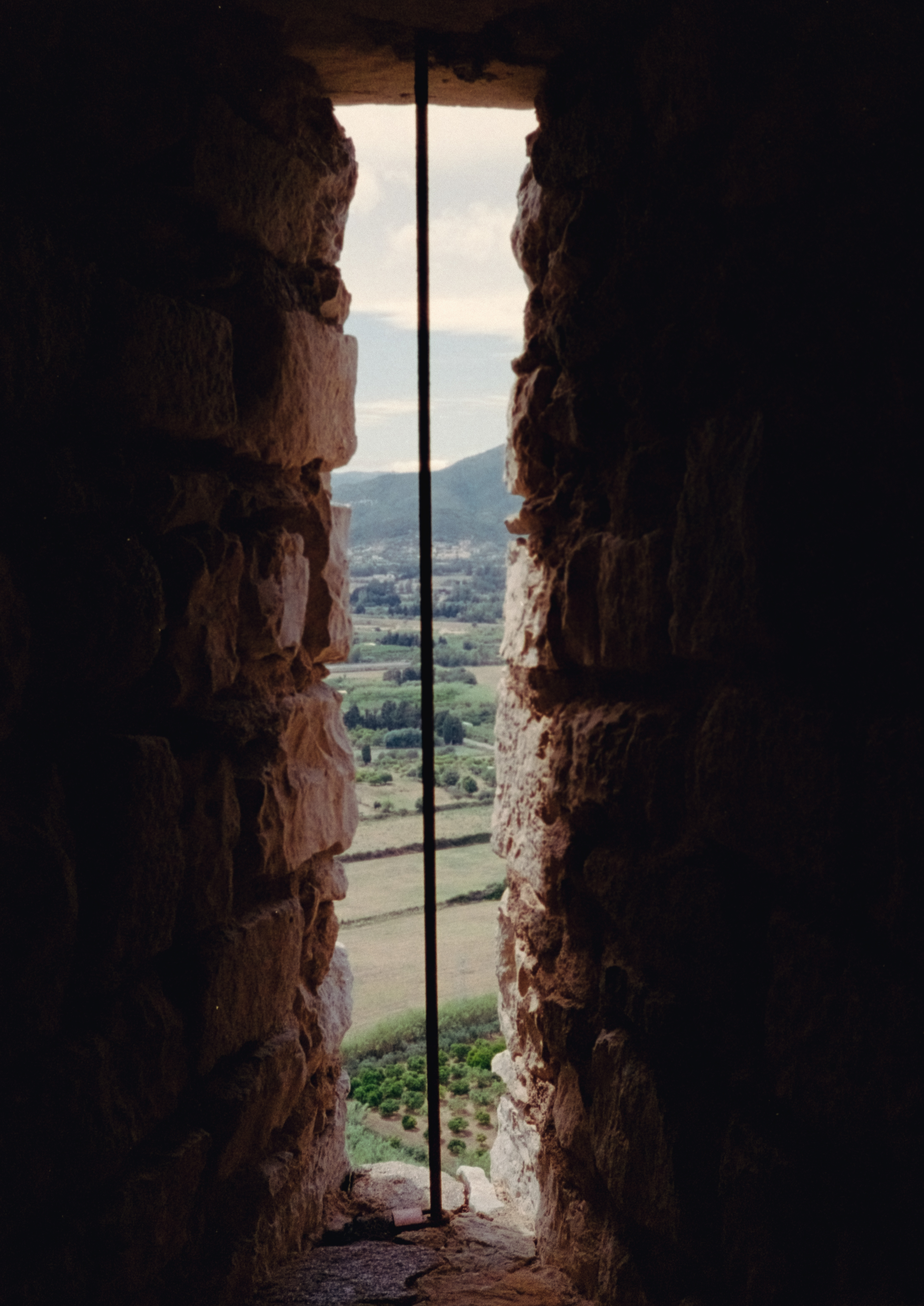
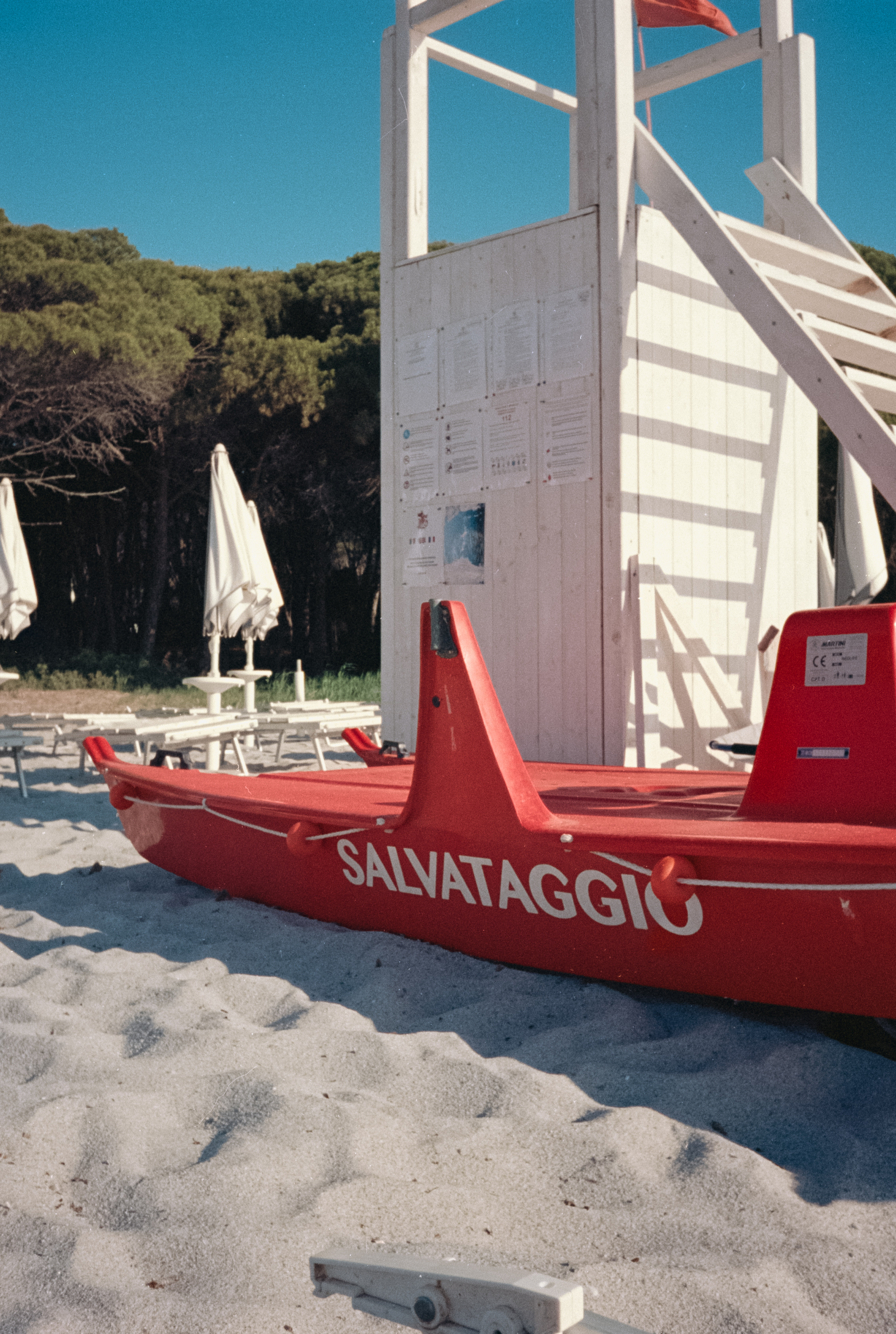
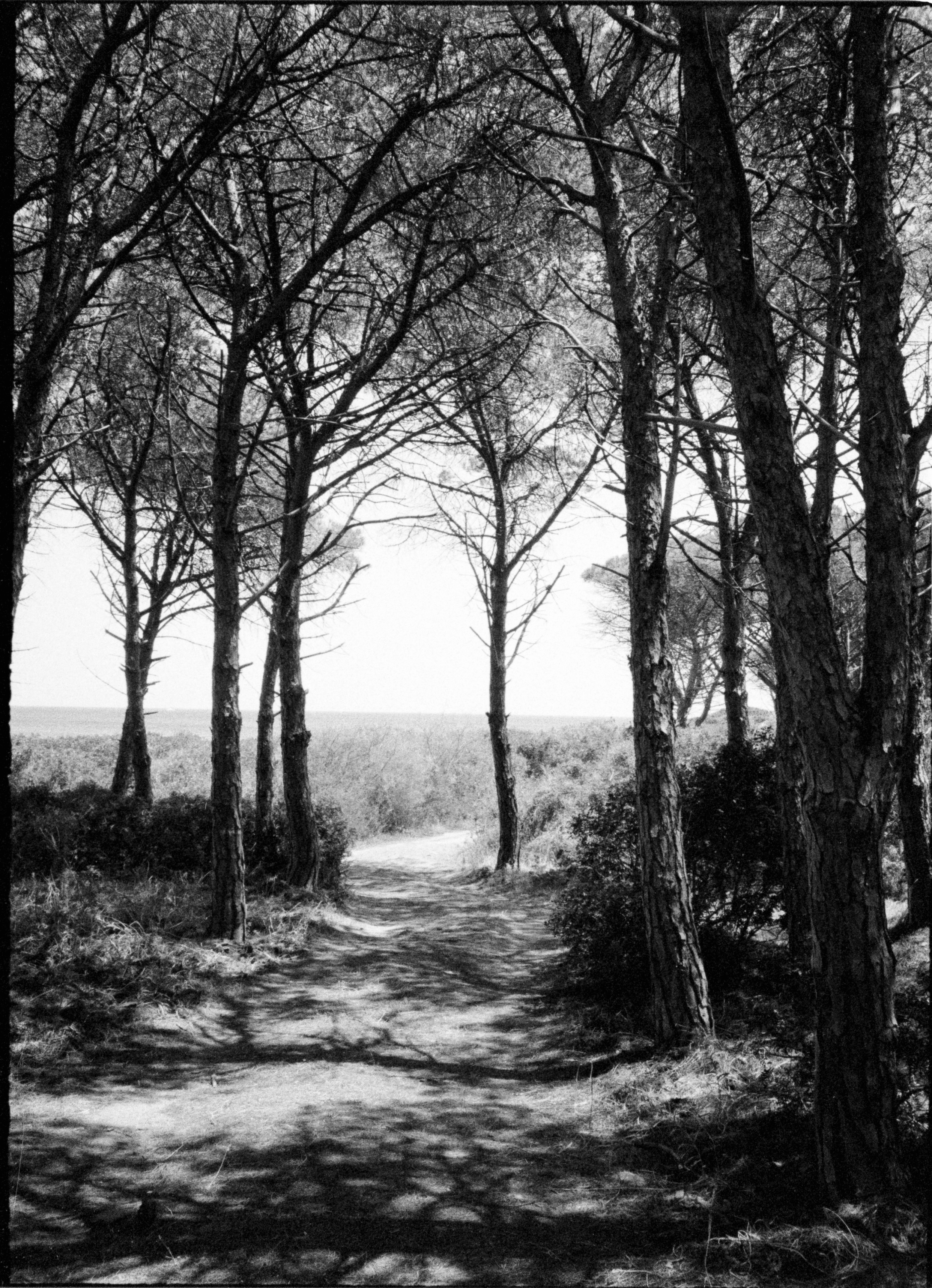

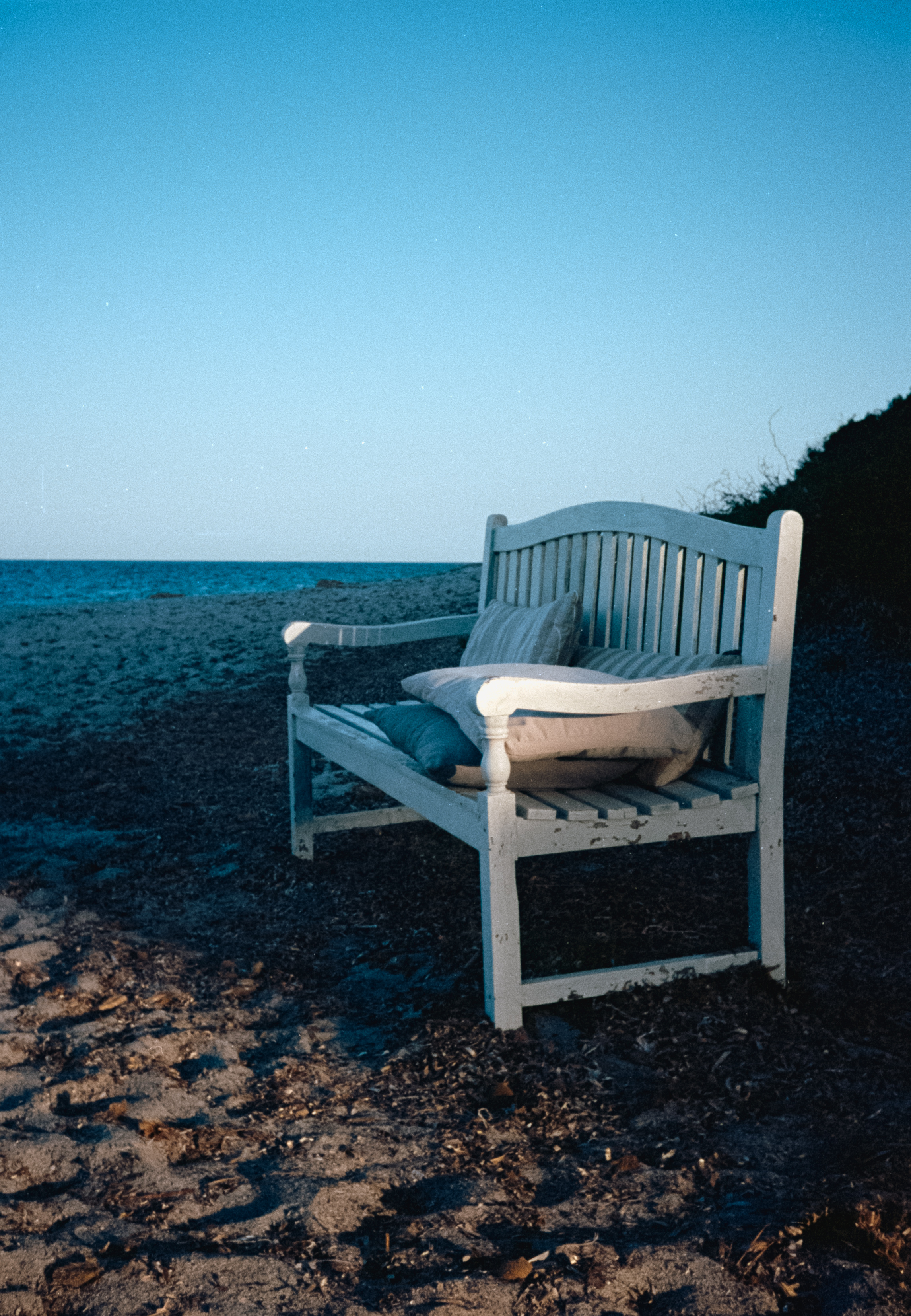
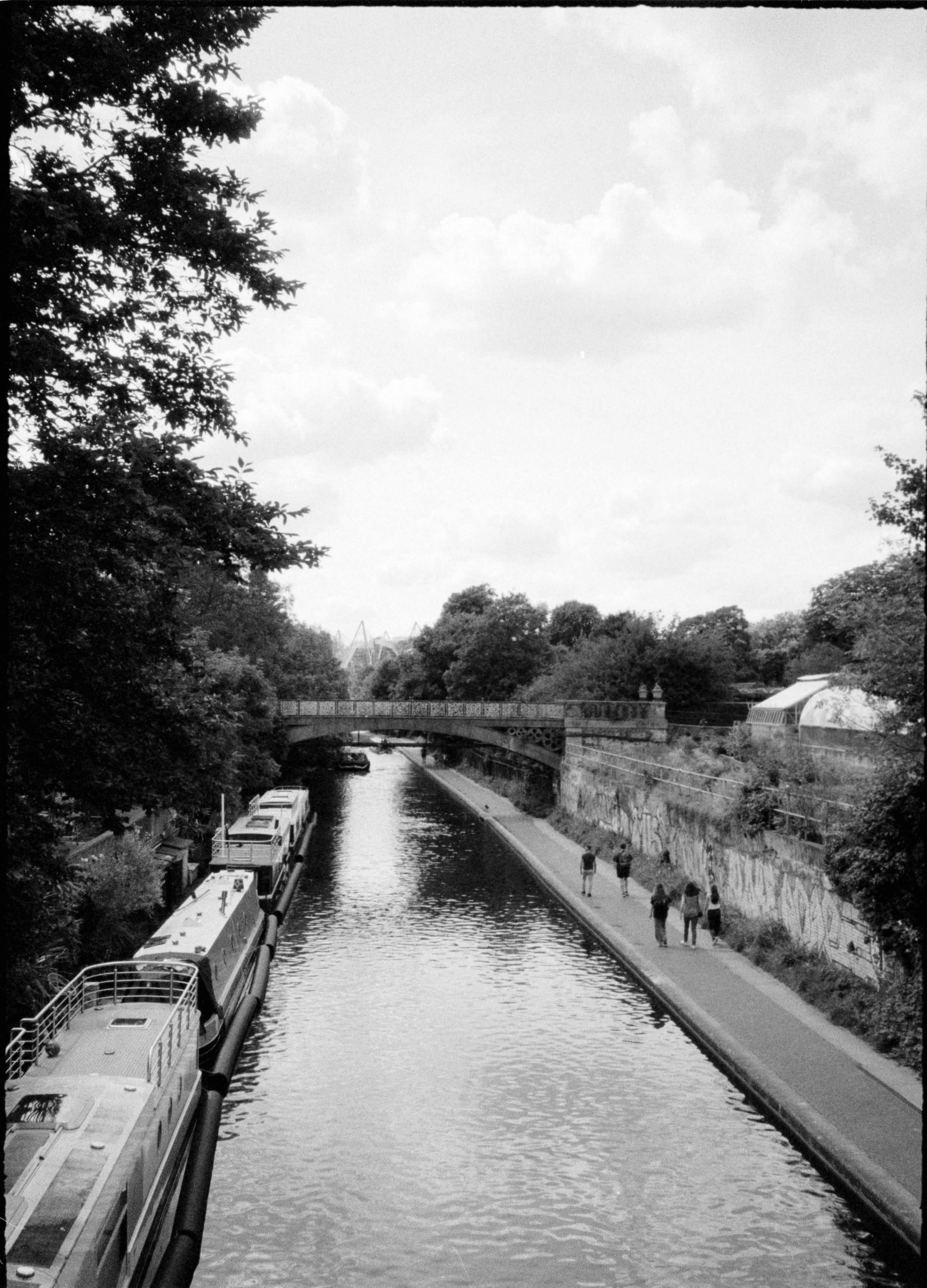
Pentax 17: Verdict
The Pentax 17 is a solid first entry into Pentax's film project, and despite any reservations I had with the camera, I am very excited to see film cameras being produced once again.
On one hand, I appreciate the simplicity of the Pentax 17. With minimal skill, the Pentax 17 delivers reliably good photos nearly without fail. The lens is exceptional in producing incredibly sharp images, the viewfinder is bright and makes it a breeze to line up shots, and the zone focusing feature pleasantly surprised me with its accuracy. The half-frame design also makes some efficient use of film rolls, stretching their capacity further as film and development become increasingly expensive.
However, I found the camera's simplistic nature to be a double-edged sword. It is clear that this camera is designed to cater to a social media-savvy audience, with its straightforward approach being a deliberate choice to appeal to those who will prioritize the camera for its film aesthetic over its technical photography abilities. Yet because of this, I didn't find the point-and-shoot photography experience all that fun, and I found myself yearning for more manual controls.
When it comes to the price tag, the build quality is just underwhelming for what it costs. The plastic-y toyish feel of the camera body did not align with my expectations based on the exceptional design of the camera, and while as a fashion accessory, the design is an absolute classic, it doesn’t feel like good value.
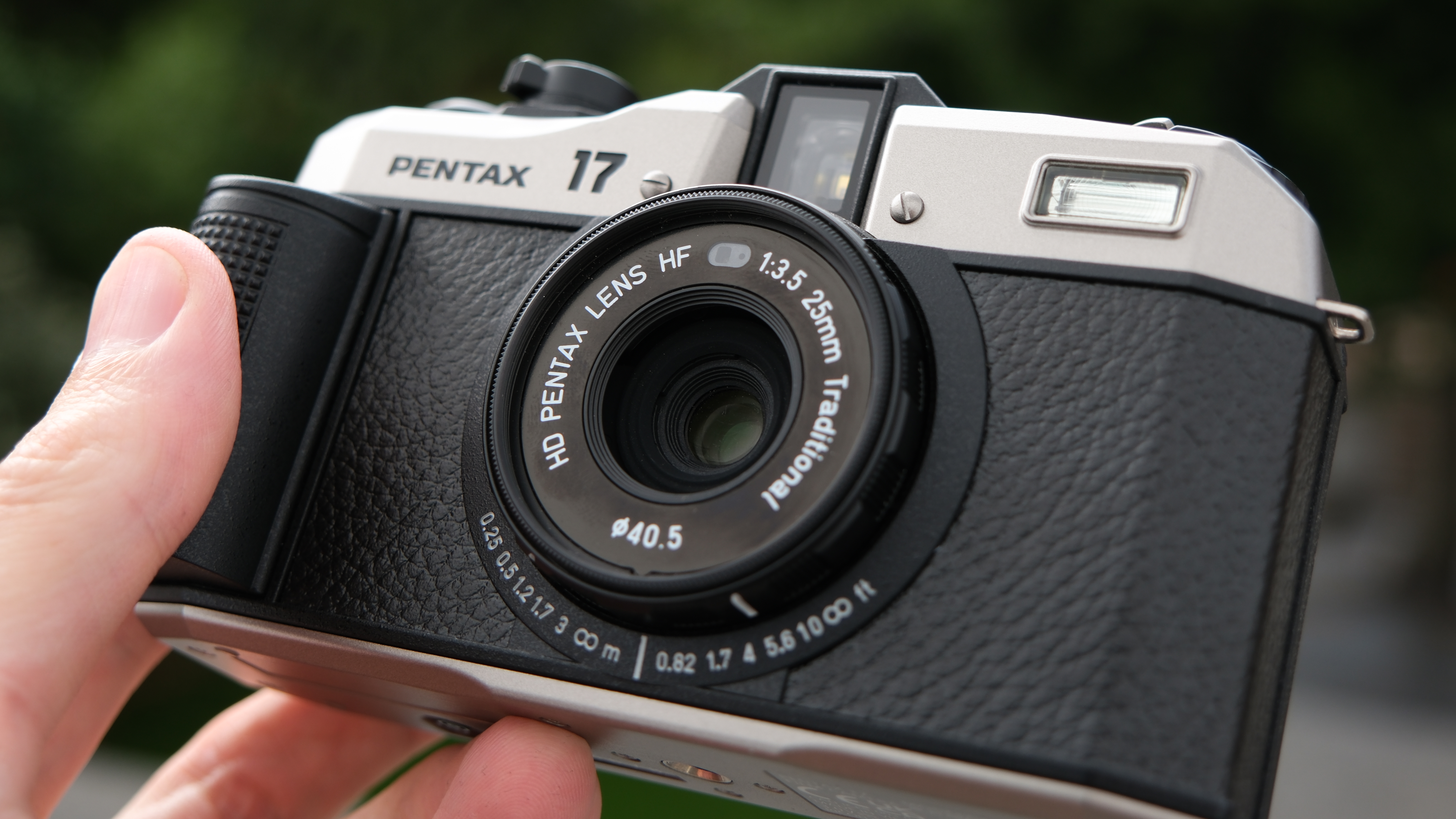
✅ Buy it...
- You want a simple point-and-shoot film camera that takes the guesswork out of settings.
- You want a brand-new film camera that should be more reliable than second-hand options.
🚫 Don't buy it...
- If you are looking for a film camera with a high degree of control over your final images
- You are looking for the cheapest camera to get into shooting film.







